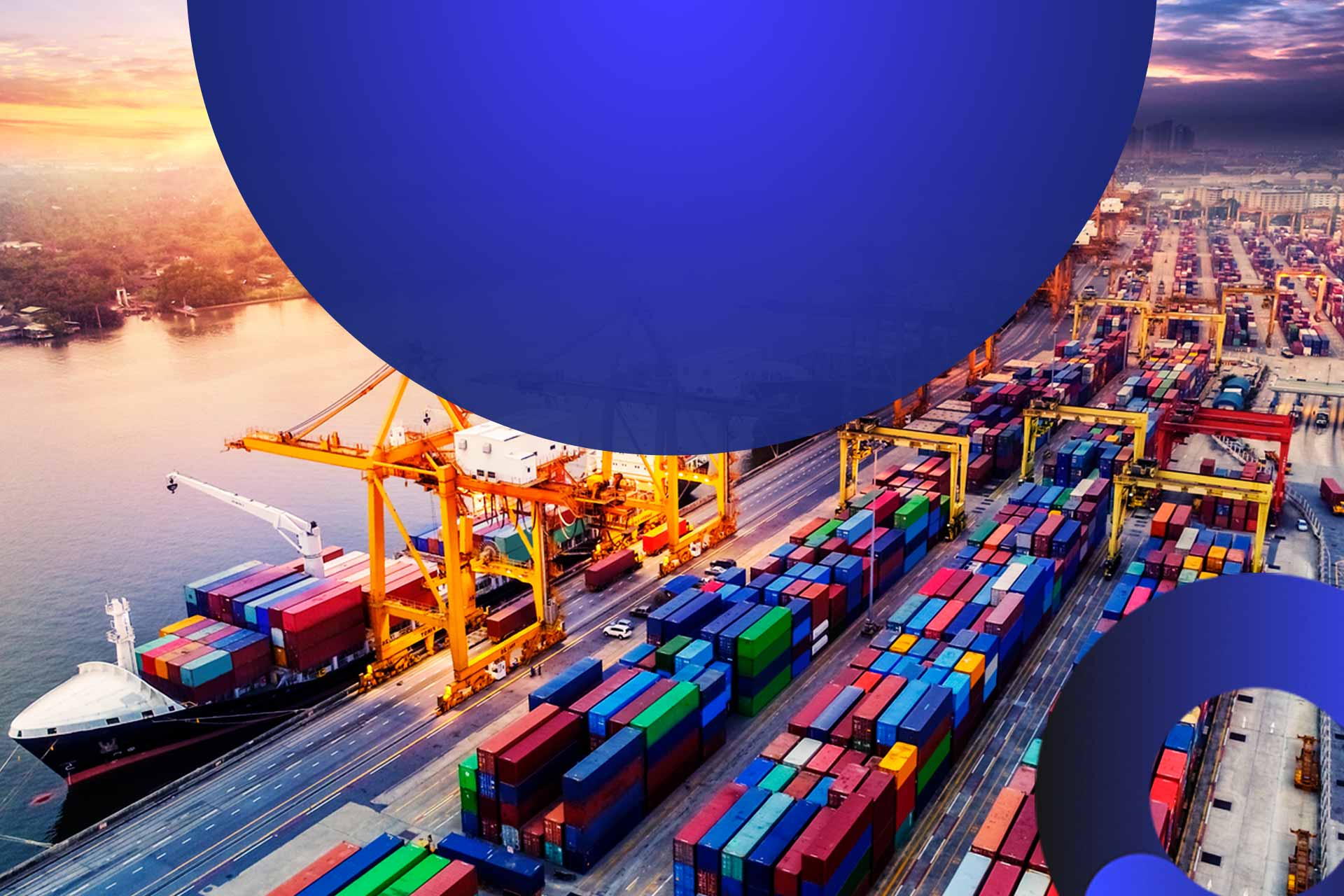



Revolutionized is reader-supported. When you buy through links on our site, we may earn an affiliate commision. Learn more here.
Third-party logistics (3PL) providers play a critical role in many supply chains. As such, they’re a key consideration to go over as businesses look to expand. Understanding 3PL benefits and potential disadvantages will help companies make the most of their supply chain management.
3PLs cover a range of services. Warehousing and domestic transportation are the most commonly outsourced processes, with more than half of organizations turning to 3PLs for these areas, but providers can cover far more. That includes packaging, freight forwarding, international shipping and customs brokerage.
Of course, there are advantages to managing these processes in-house too. To help make the best decision, here’s a look at the leading 3PL benefits and disadvantages.
Regardless of how many processes you outsource, letting third parties manage logistics can be advantageous in several ways. Here are five significant benefits to know.
The potential to lower operating expenses is the most enticing 3PL benefit for many organizations. Outsourcing to a third party can remove or minimize regular costs like fleet maintenance, warehouse rents and freight rates. While 3PLs must charge clients to cover these expenses on their end, they work with multiple customers and with enough bulk that they can afford to offer lower end costs.
Inventory carrying costs rose 25.9% in 2021, and transportation costs saw a similar rise of 21.7%. As these trends continue, the cost-saving possibilities of outsourcing to a 3PL provider become increasingly attractive. Because 3PLs have long-standing industry relationships and years of experience, they may also be better positioned to withstand these price fluctuations.
Outsourcing logistics processes to a 3PL can also make supply chains more efficient. Because 3PLs specialize in logistics, they can focus more of their time, budgets and efforts on fulfilling orders. Their larger size compared to many internal processes enables higher throughput, further boosting efficiency.
Similarly, many 3PLs have extensive distribution networks that would take years to establish on your own. Turning to a third party lets organizations capitalize on these far-reaching connections sooner, achieving faster shipments than would be possible by managing things internally. As a result of these factors, many 3PLs can fulfill orders less than 90 minutes after receipt, with some fulfilling them in just 30.
Another important 3PL benefit is the ability to scale up or down with minimal disruption. With a 3PL, you don’t have to search for available warehouse space to increase inventory capacity and don’t need to sell anything or worry about losses to decrease. Similarly, you can scale your fleet up and down on command. This scalability makes it far easier to adapt to shifting demand.
As supply chain demands have grown, competition for expansion space has become increasingly tight. Some projections hold that the U.S. will need 800 million square feet of additional warehouse space to handle rising inventories. That can dampen expansion when managing your own warehousing, but with a 3PL, the third party has to manage that, not you.
Working with a 3PL also gives organizations access to industry experience and expertise they may not have otherwise. Navigating the complexities of transportation and logistics can be challenging for companies as they expand. 3PL providers already have years of experience in the industry, so outsourcing to them ensures this internal lack of expertise doesn’t become a barrier.
3PLs know how to negotiate freight rates, optimize warehouse operations and form more efficient fleets. Consequently, they can refine and improve companies’ supply chains on their behalf. Organizations can stay in line with industry standards and best practices despite not knowing them.
Because using a 3PL means leaving logistics complexities to another company, it gives you more time to focus on what you specialize in. Balancing a supply chain is challenging, highly involved work. Trying to manage that while running your other everyday operations can make it difficult to remain productive, but 3PLs can lessen that complexity.
Almost two-thirds of HR professionals report feeling overwhelmed by their organization’s complexity, and more than half claim they’re unable to cope with it. By offloading logistics tasks to a third party, businesses can address that issue. With fewer operations to manage, it becomes easier to excel in other areas and optimize all aspects of your organization.
These 3PL benefits are enticing, but it’s important to view them alongside outsourcing’s potential downsides. Here are three of the most significant disadvantages of using a 3PL.
As with any outsourcing operation, using a 3PL means some loss of control. Contracts can help outline responsibilities and expectations, but these agreements still involve trust that the third party can meet your demands. Some organizations may be uncomfortable with giving up that control.
This lack of control may also make it difficult to adapt to changing business directions in some scenarios. According to one survey, 93% of supply chain executives plan to change their supply chains to make them more agile or resilient, which requires some disruption. Not having full control over logistics processes can slow that adaptation.
Using a 3PL may also introduce third-party cybersecurity risks. In today’s digital, hyper-connected world, working closely with any outside organization means vulnerabilities on their end can affect your data. Third-party data breaches are also becoming increasingly common and costly as more cybercriminals take advantage of these often-overlooked risks.
Of course, it’s entirely possible to work with a 3PL and remain secure. However, it requires extra security steps and special attention to the vulnerabilities that may arise from these agreements. Organizations without an understanding of these threats or the resources to address them may encounter significant risks.
Some organizations may also find it challenging to obtain full supply chain visibility with a 3PL. When logistic operations fall under another company’s control, you may be unable to monitor it as closely as you’d like. That lack of visibility can stand in the way of supply chain agility and responsiveness.
Like with security concerns, it’s possible to maintain complete visibility with 3PLs, but doing so requires close communication and work. Businesses must find 3PLs with the tools and willingness to accommodate this close collaboration to create a transparent supply chain.
Whether it’s better to use a 3PL or manage logistics operations in-house depends on your specific situation and goals. Making the right choice starts with understanding these 3PL benefits and downsides. When you know what these arrangements offer and where potential challenges lie, you can make the most informed decision.
Revolutionized is reader-supported. When you buy through links on our site, we may earn an affiliate commision. Learn more here.


This site uses Akismet to reduce spam. Learn how your comment data is processed.